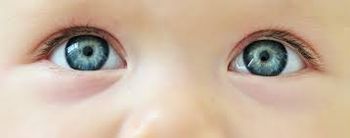
Investigators conducted a study of the ocular findings in infants with congenital Zika virus syndrome that showed the findings were similar and occurred frequently among the affected infants.

Investigators conducted a study of the ocular findings in infants with congenital Zika virus syndrome that showed the findings were similar and occurred frequently among the affected infants.

Investigators at the Eye Clinic, Department of Medicine, Surgery and Health Sciences, University of Trieste, Trieste, Italy, found that the appearance of the retina and optic disc was associated with the SARS-CoV-2 virus.

Study investigators compared 2 novel lens designs using data obtained from 19 investigational sites in Australia, Canada, Spain, and the UK

A pair of Japanese ophthalmologists have concluded that SARS-CoV-2 may target lacrimal gland tissue and manifest as chronic inflammation.

Tiffani Martin was diagnosed with type 1 juvenile diabetes when she was just 5 years old, and has battled myriad health issues as a result, including vision loss. Leading the charge for a multifactorial approach to combat diabetes, Kristen Nwanyanwu, MD, MBA, MHS, and her team have embraced the need for a multi-pronged program to address health disparities in diabetic retinopathy.
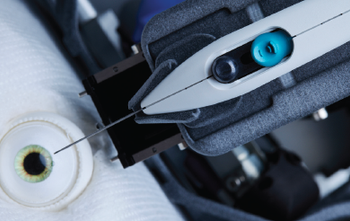
Utilizing new technology, surgeons can be 20 to 40 times more precise.

Proper measurement of the eye is key to predicting lens strength.

During the Glaucoma 360 New Horizons Forum at the Grand Hyatt San Francisco at Union Square, several speakers discussed the latest advances in technology.

Carel B. Hoyng, MD, noted that investigators have developed an RNA therapy to stop the progression of the disease, which ultimately leads to legal blindness.

Arshad M. Khanani, MD, MA, told attendees at the Bascom Palmer Eye Institute’s 19th annual Angiogenesis, Exudation, and Degeneration 2022 Virtual Edition that data from the part A of the KALAHARI trial is encouraging, showing that THR-149 has the potential to improve vision in patients with DME who have a sub-optimal response to anti-VEGF therapies.

Most patients (95%) with the PDS implanted did not need supplemental treatment before the refills, indicating the persistence and durability of the treatment.

After 2 years, the improvements in vision and anatomy were sustained with extended dosing out to every 16 weeks in a high percentage of patients.

During the Glaucoma 360 New Horizons Forum, the spotlight was cast upon sustained release injectables, including innovations that have been flourishing over the past year despite, or perhaps because of, a continuing worldwide pandemic.
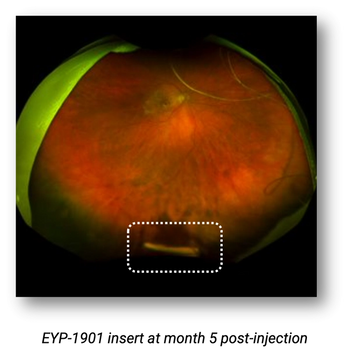
Jay S. Duker, MD, who presented data at the Bascom Palmer Eye Institute’s 19th annual Angiogenesis, Exudation, and Degeneration 2022 Virtual Edition, noted that previously treated patients showed a significantly reduced treatment
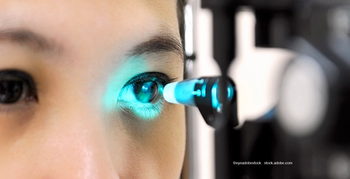
The introduction of new devices is possibly the single most influential factor currently driving the glaucoma market, said Kristen Harmon Ingenito, MBA, in her presentation during the New Horizons Forum at the 2022 Glaucoma 360.

During a presentation at the Bascom Palmer Eye Institute's Angiogenesis, Exudation, and Degeneration 2022 Virtual Edition conference, David S. Boyer, MD, explained that the drug, which is being considered to treat diabetic retinopathy, renal disease, and age-related macular degeneration, is intended to be an alternative therapy to monthly chronically administered intravitreal injections of anti-VEGF drugs.

In a presentation at the Bascom Palmer Eye Institute’s 19th annual Angiogenesis, Exudation, and Degeneration 2022 Virtual Edition, Glenn J. Jaffe, MD, noted that the analysis showed, for the first time, a decreased growth rate in the central foveal area by a therapeutic intervention when compared with sham treatment.

Glaucoma 360 is being held at the Grand Hyatt San Francisco at Union Square, and the meeting brings together celebration, innovation, and education in its efforts to eradicate glaucoma, with the Gala serving as the traditional kickoff of the event.

According to investigators at the University of Washington, Seattle, the COVID-19 pandemic has made measuring IOP challenging because of the potential to spread the virus.

According to investigators, the implant can provide a sustained infusion of drug to the retina

The future of this age-related condition is bright and in focus.
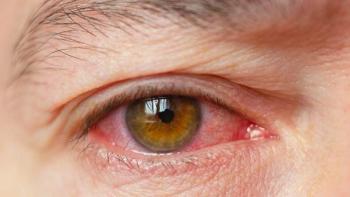
A new treatment option may increase basal tear production in patients.

Investigators are searching for a link between TIAs and changes in the back of the eye.

The new variant is described as a "subvariant" of the omicron variant and is closely related to omicron, though it has some different mutations.

Researchers collected data on COVID-19 symptoms via online surveys from in excess of 1 million 23andMe participants who self-reported their COVID-19 symptoms.

Investigators find that successful outcomes may depend on the awareness of red-flag symptoms and signs.

A study finds acceptable outcomes, vision, and microperimetry improvements at higher doses.

According to the companies, the trial will evaluate the safety, tolerability, and immune response of the vaccine that can be administered as a primary shot and a booster.

This Bascom Palmer Eye Institute 2-day virtual scientific program promises a distinguished international faculty who will share the latest developments in imaging, translational research, and clinical trials as well as the impact these advances will have on clinical ophthalmology.

Canadian researchers have found that rapid antigen tests to detect the SARS-CoV-2 virus are associated with a very low rate of false positive results.